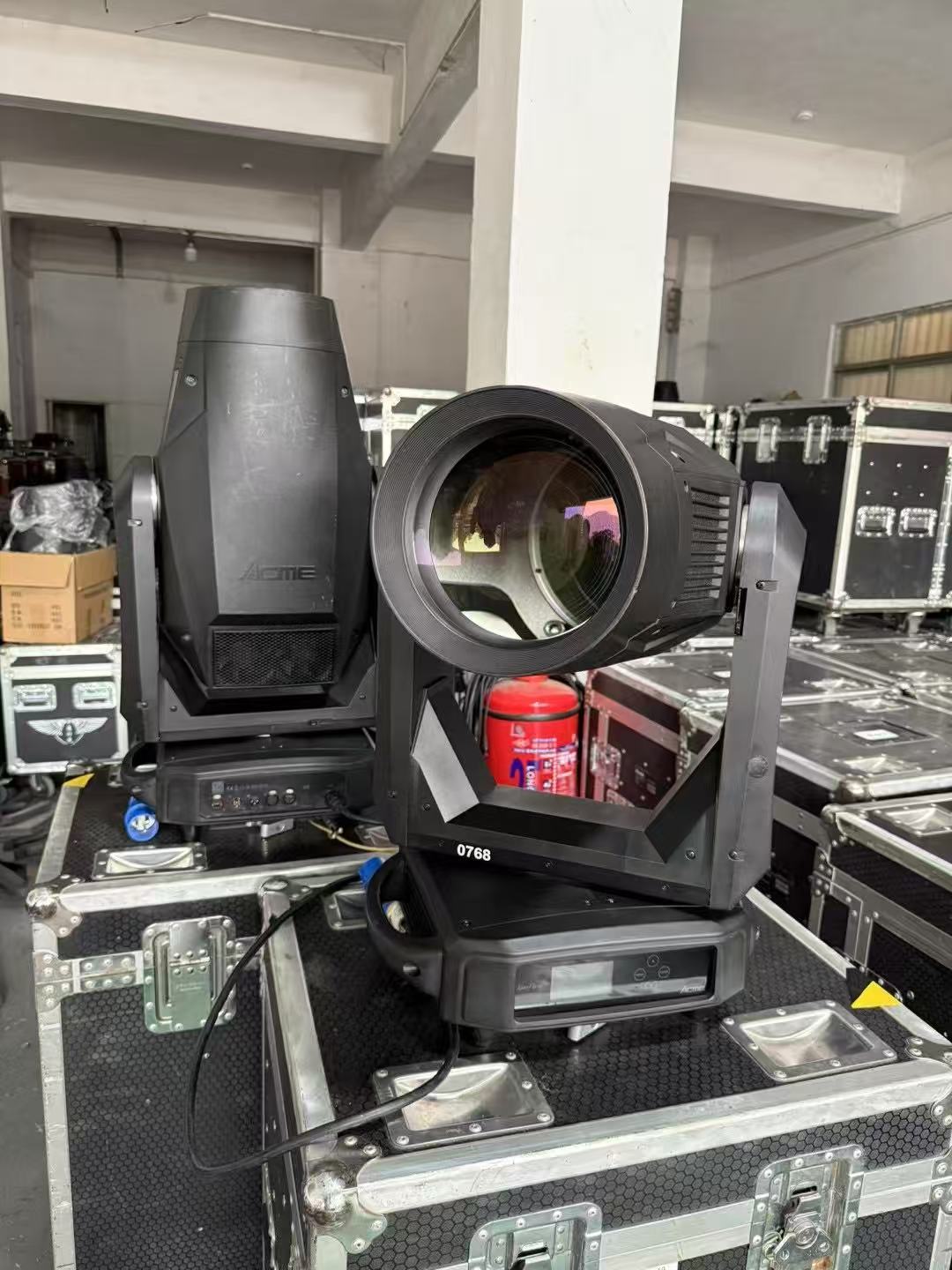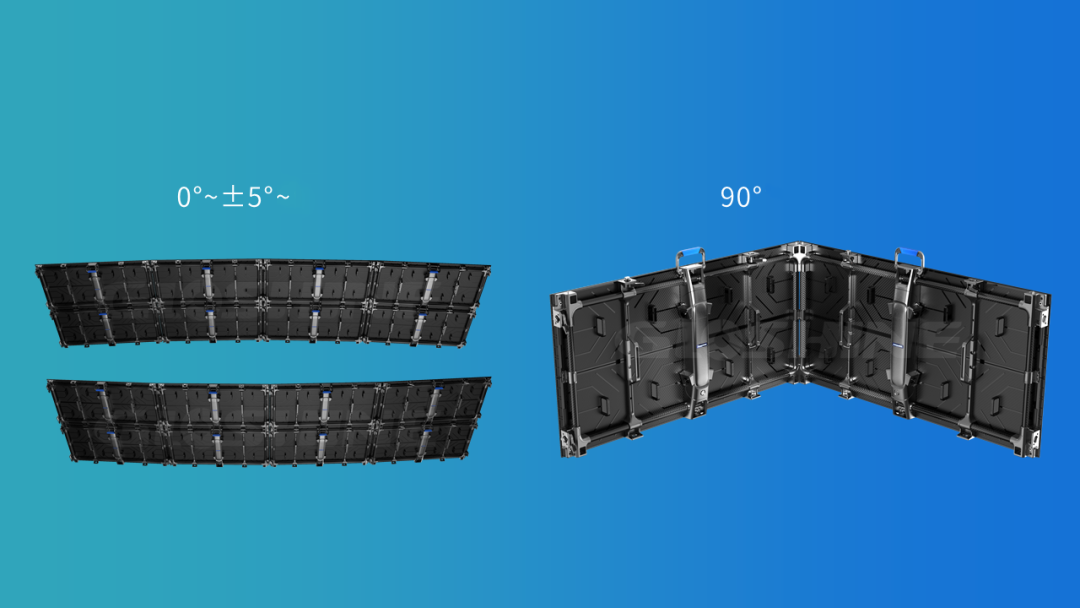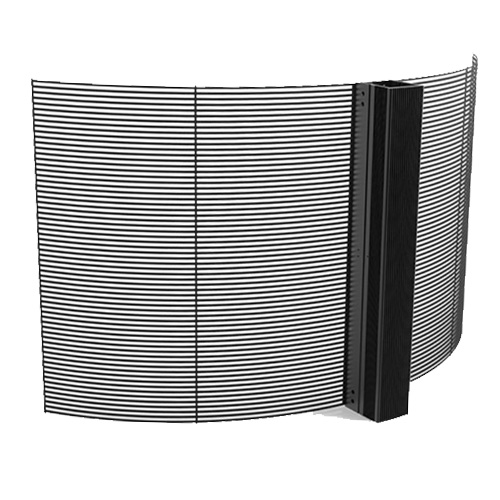LED display and LCD display, both have advantages such as customizability, long life, and wide application in various occasions, but do you know their respective advantages and disadvantages? What are the differences between them? Next, GDHANHENG will share some professional knowledge to help you quickly find the display device you need.
LED display advantages and disadvantages:

LED display advantages:
Wide angle of view
The LED display has a wide viewing angle of more than 110 degrees in the horizontal direction and the vertical direction. It is particularly advantageous in some applications, such as outdoor building LED screens. LED displays suspended from high altitudes require a wider viewing angle to display better advertising results.
Lightweight cabinet
The LED display uses aluminum alloy cabinet structure design that is very light. It is not easy to be deformed, easy to assemble and flat, and suitable for rental companies, car screens, and mobile trailer led display media.
Column installation or wall installation reduces the stress on the steel structure of the screen body.
Close-up viewing
Because of the SMD small chip design structure, the light is mixed in the same bracket bowl instead of three separate oval LEDs, so the red, green, and blue light mixing effects are better than the straight-line oval LEDs. especially suitable for close-up viewing.
Automated production, cost reduction, and productivity increase
The SMD LED can use the automatic placement machine for automated patching, which has high production efficiency. The circuit design of the outdoor LED display module enables the combination of the light board and the driver board. Reduced costs, increased reliability, and increased productivity.
High contrast
Thanks to the three-in-one SMD design structure. SMD LED display is small in size, so it has a small light-emitting area and a large black area. Improves the contrast of the LED display.
Good light distribution
The matching consistency of three luminances of red, green and blue oval LEDs at different angles is a very difficult indicator. The full-color SMD design structure is a three-in-one structure, red, green, and blue chips are all in a bracket bowl cup.
Therefore, the matching consistency of the three brightnesses of red, green, and blue is highly consistent at different angles, so that the outdoor full-color surface-mounted LED display has a good consistency in brightness at any angle and achieves better color realistic effects.
Vivid colors:
LED display with high brightness, and vivid color, will not hurt the human eye, the brightness is also high.
Long life:
LED display in the same working environment, the normal life can reach 100000 hours.
Easy installation:
Due to the LED display’s own material and structure, it has light, convenient features, which provide very convenient installation conditions.
Small calorific value
The biggest safety hazard of LED displays is its own long time continuous work, the high heat generated will reduce the life of the equipment, and even a serious fire.
LED display in the heat up and down a lot of effort, efficient heat treatment with its own electronic components is low power, heat will not be large, naturally ruling out the occurrence of this hidden danger.
Energy-saving:
Compared to the traditional LED display, full-color LED display energy saving is reflected very well, with low power and more significant effect. For all large LED display manufacturers, this is the first element to have.
Widely Application
LED display because of its thin, quality, and excellent results and led display price is also moderate, often used in various fields and a variety of industries, later more sophisticated, then its coverage will be more widely!
Security:
LED display is different from the use of low voltage DC supply voltage, it is very safe in use.
LED display disadvantages:
- expensive
- light pollution
Advantages and disadvantages of LCD display:

LCD Display Advantage:
High brightness, bright colors, large viewing angle , small size
The biggest advantages of LCD displays are high brightness, large viewing angle, rich colors, and low power consumption.
Lightweight, thin thickness
Lightweight, thin thickness (the thinnest can reach 1cm), strong durability and long service life. Another feature of LCD monitors is their lightweight and thin thickness, making them easy to carry and use.
Environmentally friendly and radiation-free:
The LCD display is a flat film transistor display made of low-voltage microcrystalline silicon material, which belongs to the category of green display products; at the same time, it does not contain harmful substances such as lead and mercury; in addition, the LCD display No electromagnetic radiation pollution will be produced during use.
Fast response speed:
LCD monitors can maintain fast response speed within the normal temperature range.
Good plasticity:
Due to the ultra-precision processing panel made by special technology, it can be bent into various shapes without affecting the clarity of images and text; in addition, it can also be made into a curved surface to enhance the visual impact. force.
Long service life:
The service life of LCD screens is generally more than 50,000 hours or even longer.
Good energy-saving effect:
Compared with CRT, power consumption can be reduced by 30%, and standby power can be greatly reduced to less than 0.5w or lower.
Wide range of applications:
Laptops, desktop computers and some mobile terminal devices are widely used in the computer field. (such as mobile phones) and MP3 players are also used. (But for laptops. There are more LED screens.)
LCD display disadvantages:
The cost is high
The production process is complex and the cost is high;
Susceptible to external interference
Because the LCD structure itself is susceptible to external light, resulting in light spots or reflections, resulting in unclear or blurry images!
LCD Vs. LED display: Comparison
| Feature | LCD | LED |
|---|---|---|
| Display Technology | Made of liquid crystals. | Made of light-emitting diodes. |
| Visual Quality | Has a backlight that refracts light. Colors are less saturated, more natural. Less tiring to watch for long. | Emits its own light. Each pixel projects red, green, and blue light. The display is more vivid. |
| Thickness | Thicker, because it has both a backlight and liquid crystal layers. | Thinner, making it easier to create slim, flexible, and foldable screens. |
| Power Consumption | The entire backlight layer is either on or off, which uses more power. | Each pixel works independently. Some pixels can light up while others stay off, saving power. |
| Screen Lifespan | Uses inorganic materials, which age slowly, leading to a longer lifespan. | Uses organic materials, typically having a shorter lifespan than LCDs. |
Conclusion:
We have briefly introduced the pros and cons of LCD and LED screens. In terms of price, LCD screens are cheaper, but with the advancement of technology, the cost of LED screens has dropped a lot. If you are buying LED screens for stage rental events, we recommend you to use LED screens.
As a top second-hand LED screen supplier, we can provide branded used LED screens at the best prices. We have a large number of stock LED screens from Unilumin Technology, Absen, Gloshine Technology, etc. There is always one suitable for you. If you have any needs, please feel free to contact us.



